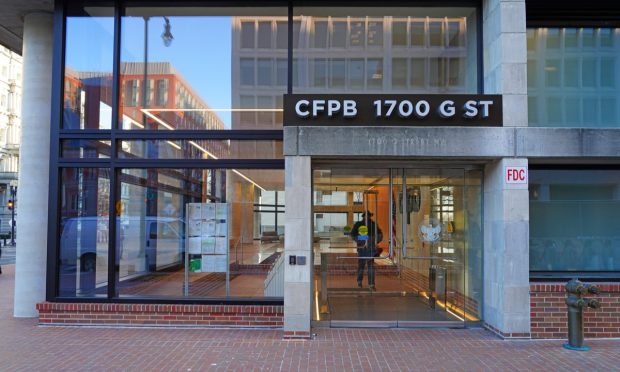CFPB Rule Spotlights Value of Tech-Driven Data Collection in Small Business Lending

New rules released by the Consumer Financial Protection Bureau on Thursday will change small business lending.
And for the lenders — banks and non-banks — there’s a change ahead, too, in the broadening of the data they’ll need to collect as they decide who gets business loans. That means, increasingly, they’ll have to rely on digital, tech-driven means of getting critical information in place about borrowers, and satisfying the new mandates for a $1.4 trillion industry.
“There is currently limited data on small business entrepreneurs’ access to credit, and no comprehensive information available about small business lending. For decades, the government has assembled data pursuant to Congressional mandates on residential mortgages,” the CPFB said.
As for what’s changing under the rule, which had been part of the Dodd-Frank Act of 2010, as part of section 1071.: Lenders will disclose demographic details about borrowers. As detailed by the CFPB, demographic, geographic and other data would be required to be collected and analyzed by lenders who issue more than 100 small business loans annually — which in effect winds up covering more than 95% of small business loans issued in the states.
“This small business loan census will give the public key data on this market to ensure that banks and nonbanks are serving small businesses fairly,” CFPB Director Rohit Chopra said in announcing the changes. The enhanced data would help cut down on discriminatory practices in lending and bring capital into underserved communities.
The deadlines are staggered, per the CFPB guidelines. Larger lenders will have to begin collecting the data earlier than their smaller brethren. The CFPB said that lenders that issue at least 2,500 small business loans each year will have to begin collecting data on Oct. 1 of next year. The lenders that issue at least 500 small business loans will have to begin collecting data on April 1, 2025. Lenders below those thresholds will have until the beginning of 2026 before they start collecting that data.
Getting the Data in Place
Importantly, and in what seems a nod to the need to streamline the data collection, the CFPB has said that the final small business lending rule will “allow for the use of new digital tools developed by industry and technology partners: The rule finalized today allows financial institutions to work with third parties, including industry consortia, to develop services and technologies that will aid in collecting and reporting data.”
The CFPB has said it will provide APIs in an “open source environment” to develop tools for data reporting.
There are any number of companies tackling the challenge of collecting more robust data – including from alternative sources — to broaden small business lending, and make those loans more affordable, too — while gauging the financial health of borrowers and would-be borrowers.
As spotlighted here, Enigma Technologies COO Scott Steinberg noted that lenders can pull in everything from bank account and merchant processing account information. Advanced analytics, coupled with new data streams, also can boost lenders’ approval rates, which currently stand at a low 20% level when done through traditional means.
Elsewhere, FlowCast, leveraging AI, and Tillful, by way of example, have sought to transform underwriting by finding new metrics for small businesses and different ways of “scoring” those firms.

